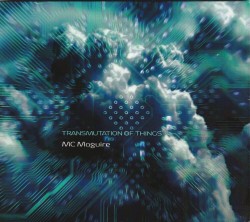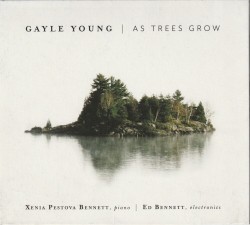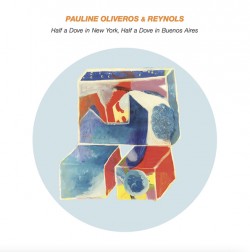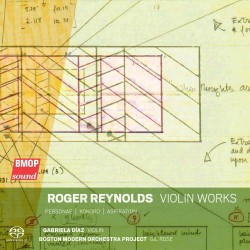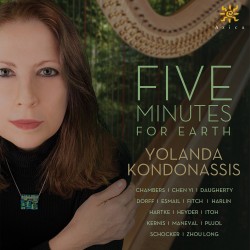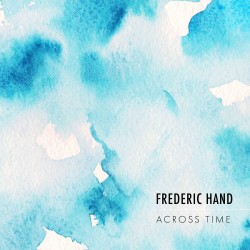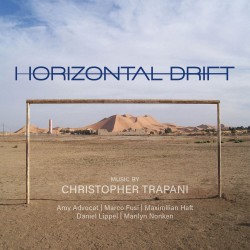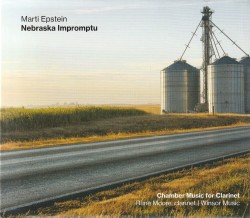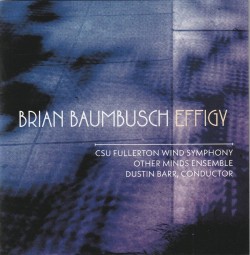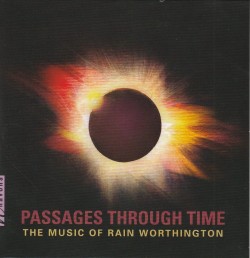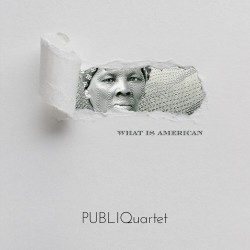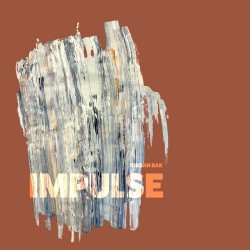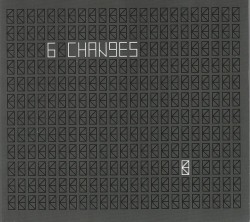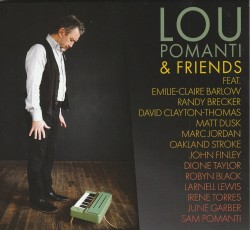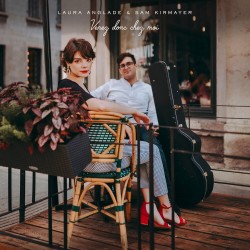Innertation - Frank Horvat
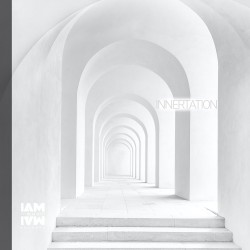 Innertation
Innertation
Frank Horvat
I Am Who I Am Records (frankhorvat.com)
Canadian composer Frank Horvat’s Innertation allows the listener to simultaneously listen to his music and deal with one’s own personal issues and mindsets in this self-described “continuous 60-minute electronic ambient composition.” Horvat writes that he created this work as an extension to his meditation practice, to allow one to rest and heal while listening to it. It is equally inspirational listening without a meditational or exercise component.
The predominant reflective recurring musical idea heard throughout is comprised of short, single-note melodies with ascending and/or descending intervals, and repeated note segments, reminiscent of the minimalistic genre. Horvat, along with Jean Martin mixing and mastering, successfully develops these ideas for meditation with numerous effects. The calm opening with a tonal, single, wide-spaced-note melody sets the mood, with a gradual inclusion of electronic wash backdrops, sounds which resurface throughout. Drama is achieved with volume changes, varied electronic timbres and tonal jumps with subtle quasi-key modulations. The unexpected, brief, louder accented-notes passage at around the 15-minute mark is especially arousing. High, single, electronic tonal/atonal pitches support facing emotional tension. Interspersed throughout are calming short silence spaces between the earworm melodies and softer volumes. The last ten minutes are a calming, peaceful shift, leading to the closing two-pitch and repeated notes with soft wash ending.
Innertation is a timeless memorable intelligent electronic composition perfectly produced. Horvat’s contemplative sounds encourage repeated listening while meditating, and otherwise too.


